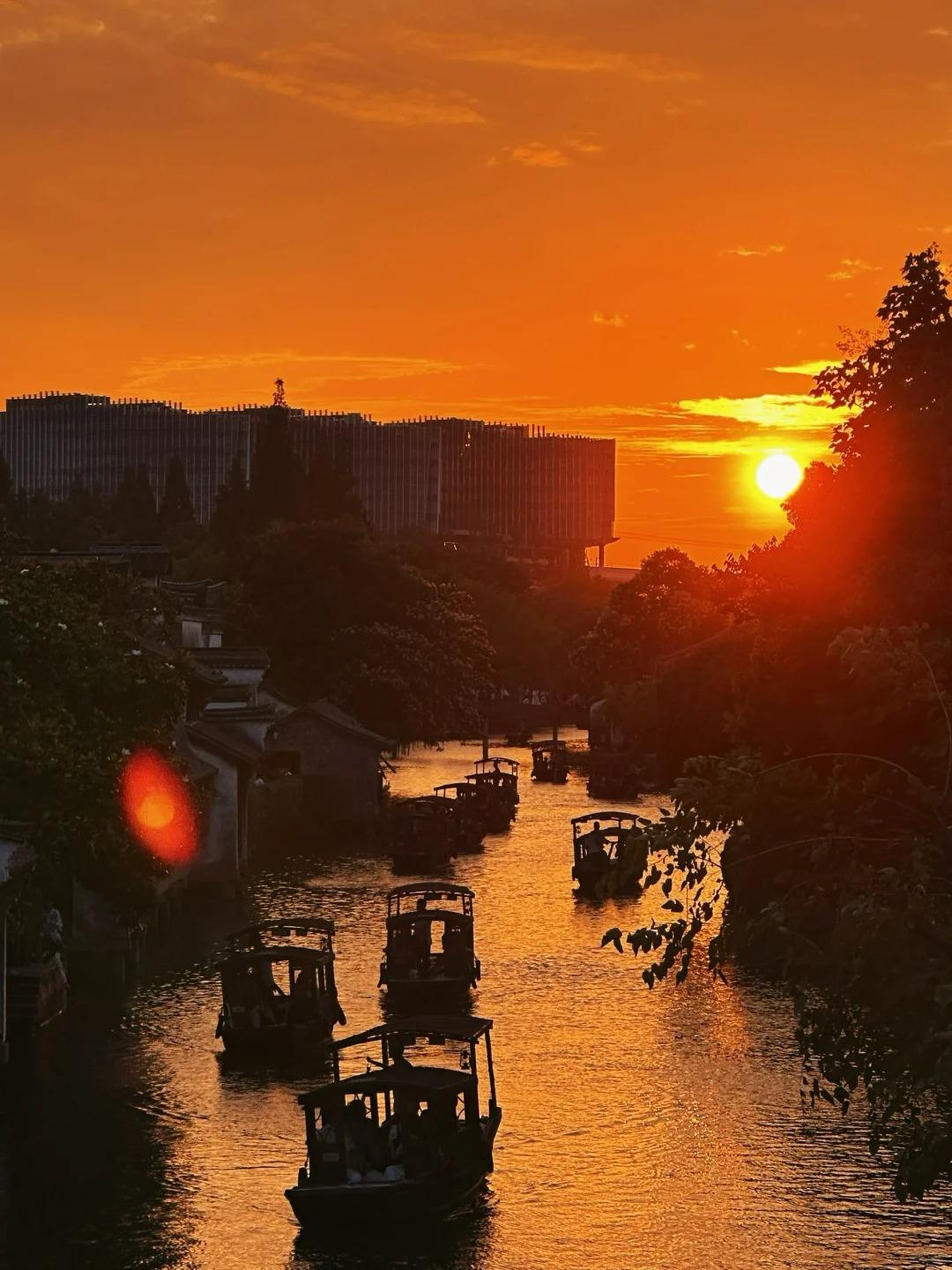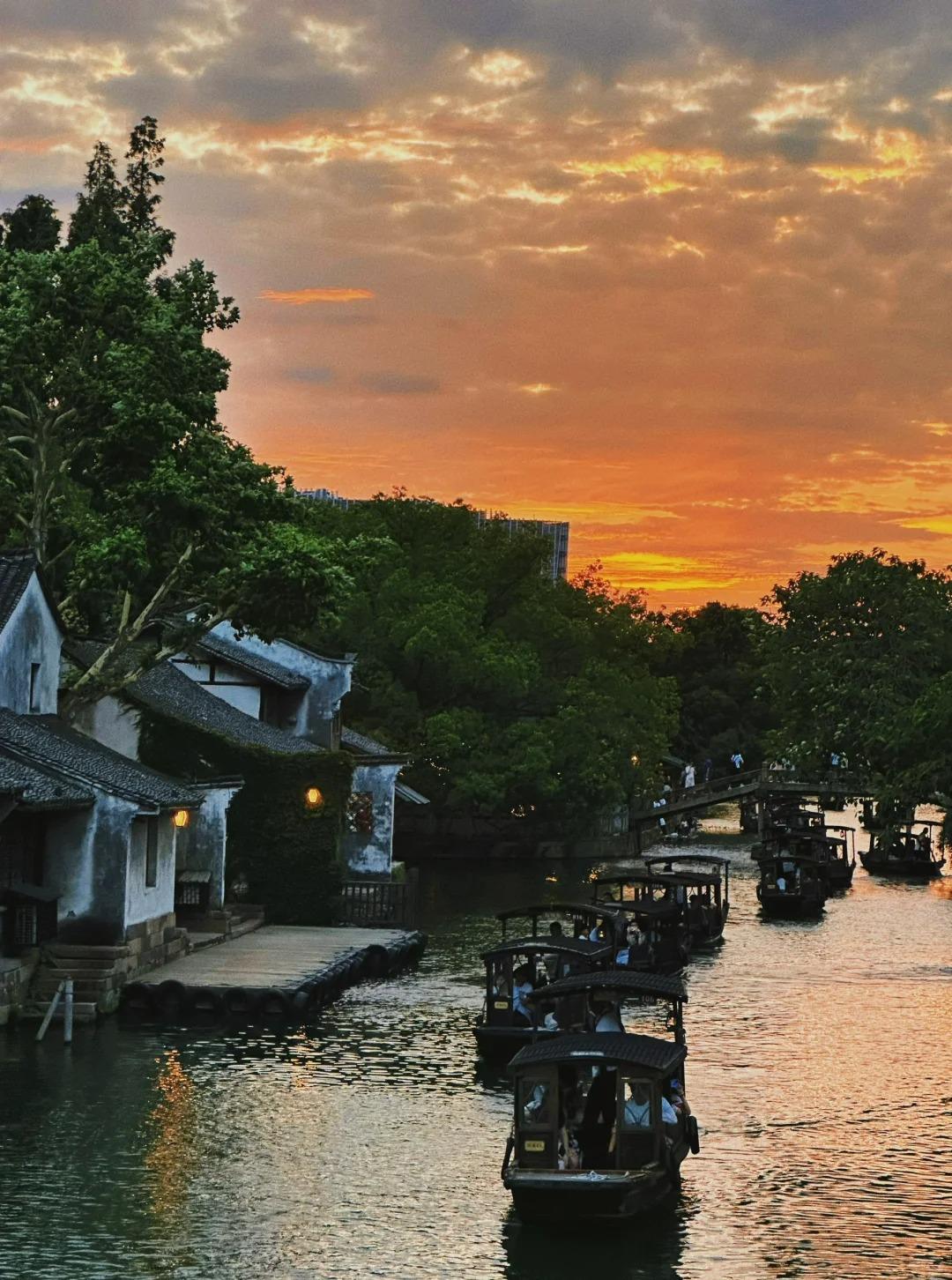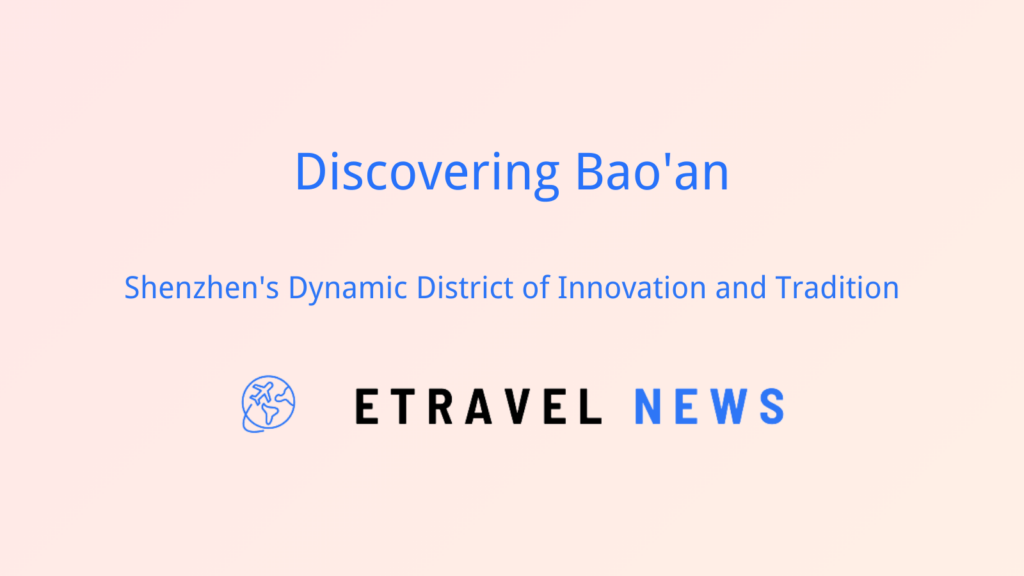Introduction to Wuzhen
Nestled in the heart of Zhejiang Province, Wuzhen is a picturesque water town that offers visitors a glimpse into China’s rich past. Located just an hour’s drive from Hangzhou and two hours from Shanghai, this ancient town is a perfect blend of history, culture, and natural beauty.
Wuzhen’s charm lies in its intricate network of canals, stone bridges, and traditional architecture, earning it the moniker “Venice of the East.” Its well-preserved buildings and time-honored traditions make it a living museum of Jiangnan water town culture.
What sets Wuzhen apart is its successful integration of modern amenities and cultural events while maintaining its historical essence, creating a unique experience for visitors from around the world.

Historical Background
Wuzhen’s history stretches back over 1,300 years, with its origins dating to the Tang Dynasty (618-907 AD). Throughout the centuries, it flourished as a center of commerce and culture, particularly during the Ming and Qing dynasties.
Key historical milestones:
- 872 AD: First official record of Wuzhen as a town
- 1318: Elevation to county status during the Yuan Dynasty
- 1991: Designated as a historically and culturally significant town by the Chinese government
- 2001: Opening of Wuzhen as a tourist destination after extensive restoration
In recent years, Wuzhen has gained international recognition for its preservation efforts, becoming a model for sustainable tourism in historic towns.

Architecture and Layout
Wuzhen exemplifies classic Jiangnan-style architecture, characterized by white walls, black tiles, and intricate wood carvings. The town is divided into six districts, with the East and West Scenic Zones being the primary tourist areas.
| Feature | Description |
|---|---|
| Canals | 82 bridges spanning a network of waterways |
| Bridges | Ancient stone bridges, including the famed Tongji Bridge |
| Buildings | Traditional residences, workshops, and temples |
Notable landmarks include the Hundred-Bed Museum, showcasing antique beds, and the Former Residence of Mao Dun, a celebrated Chinese writer.

Cultural Heritage and Traditions
Wuzhen’s cultural tapestry is rich and diverse, with numerous traditions still practiced today:
- Indigo Fabric Dyeing: A 1,000-year-old technique using natural indigo
- Silk Production: Traditional methods of silk weaving and processing
- Shadow Puppetry: Ancient form of storytelling and entertainment
The town hosts several museums, including the Wuzhen Museum and the Folk Custom Museum, offering insights into local history and traditions.
Festivals like the Wuzhen Lantern Festival bring the town to life with colorful displays and traditional performances, allowing visitors to immerse themselves in local culture.

Modern Attractions and Events
While preserving its historical charm, Wuzhen has embraced modernity through various contemporary attractions:
- Wuzhen Theatre Festival: An annual international event attracting performers from around the world
- Wuzhen Internet International Conference: A gathering of global tech leaders discussing the future of the internet
- Muxin Art Museum: A modern art space juxtaposing contemporary works with traditional surroundings
The town’s nighttime illuminations create a magical atmosphere, with ancient buildings and bridges beautifully lit, offering a different perspective of the water town after dark.

Visitor Experiences and Activities
Wuzhen offers a plethora of experiences for visitors:
- Canal Boat Rides: Explore the town from a traditional wooden boat
- Culinary Delights: Sample local specialties like Wuzhen San Baoxiang (three treasures) and pork trotter
- Traditional Inns: Stay in renovated historic buildings for an authentic experience
- Craft Workshops: Try your hand at indigo dyeing or paper-making
Shopping opportunities abound, with local crafts, teas, and silk products available in quaint shops along the stone-paved streets.

Practical Travel Information
Best Times to Visit: Spring (March-May) and Autumn (September-November) for mild weather and fewer crowds
Getting There:
- From Shanghai: High-speed train to Tongxiang, then bus or taxi
- From Hangzhou: Direct bus services available
Navigation: The town is pedestrian-friendly, with clear signage in both Chinese and English. Electric shuttles are available for longer distances within the scenic zones.
Tips for an Authentic Experience:
- Visit early morning or evening to avoid peak tourist hours
- Explore the less-crowded alleys off the main streets
- Try local snacks from small vendors for a taste of authentic cuisine
- Participate in a traditional tea ceremony for a cultural immersion
In conclusion, Wuzhen offers a unique blend of ancient charm and modern convenience. Its well-preserved architecture, rich cultural heritage, and innovative approach to tourism make it a must-visit destination for those seeking to experience the essence of traditional Chinese water towns while enjoying contemporary comforts and attractions. Whether you’re strolling along centuries-old streets, enjoying a theatrical performance, or simply sipping tea by a tranquil canal, Wuzhen promises an unforgettable journey through time.






